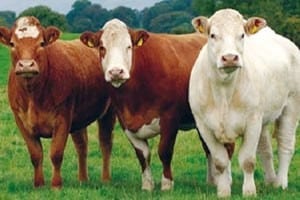

Processed foods contain lists of very complex ingredients with origins and production methods that are not always clear. While nutrition labels can clearly inform the consumer what is in their food, they can often create more questions than answers. One such factor is an increasing awareness among Muslim consumers as to the complexities of the ingredients in the foods they eat.

While this segment of the US and Canadian food and beverage industry has flown under the radar for years, over the last two decades it has been growing rapidly due to a number of factors. However, a lesser-known segment of the Halal food industry involves the production of Halal non-meat foods and Halal beverages. Meat contributes significantly to the Halal economy, with a global spend on Halal food and beverages growing at 6.1% per year and forecast to reach $1.9 trillion by 2023 (Thomson Reuters). People often confine their thoughts on the topic strictly to meat, and to the harvesting activities of slaughterhouses (abattoirs). When most people think of Halal, images of steaks, burgers, gyros, and shawarma might come to mind. In the context of this article, the word “ingredient” is used very broadly to include ingredients, additives, processing aids (used in the production process but not present in the final product), filters, enzymes, spices, flavorings, preservatives, microbial products and byproducts, and even primary packaging materials. In this article, we will be discussing ingredients and how they impact Halal production of non-meat foods and beverages.


 0 kommentar(er)
0 kommentar(er)
